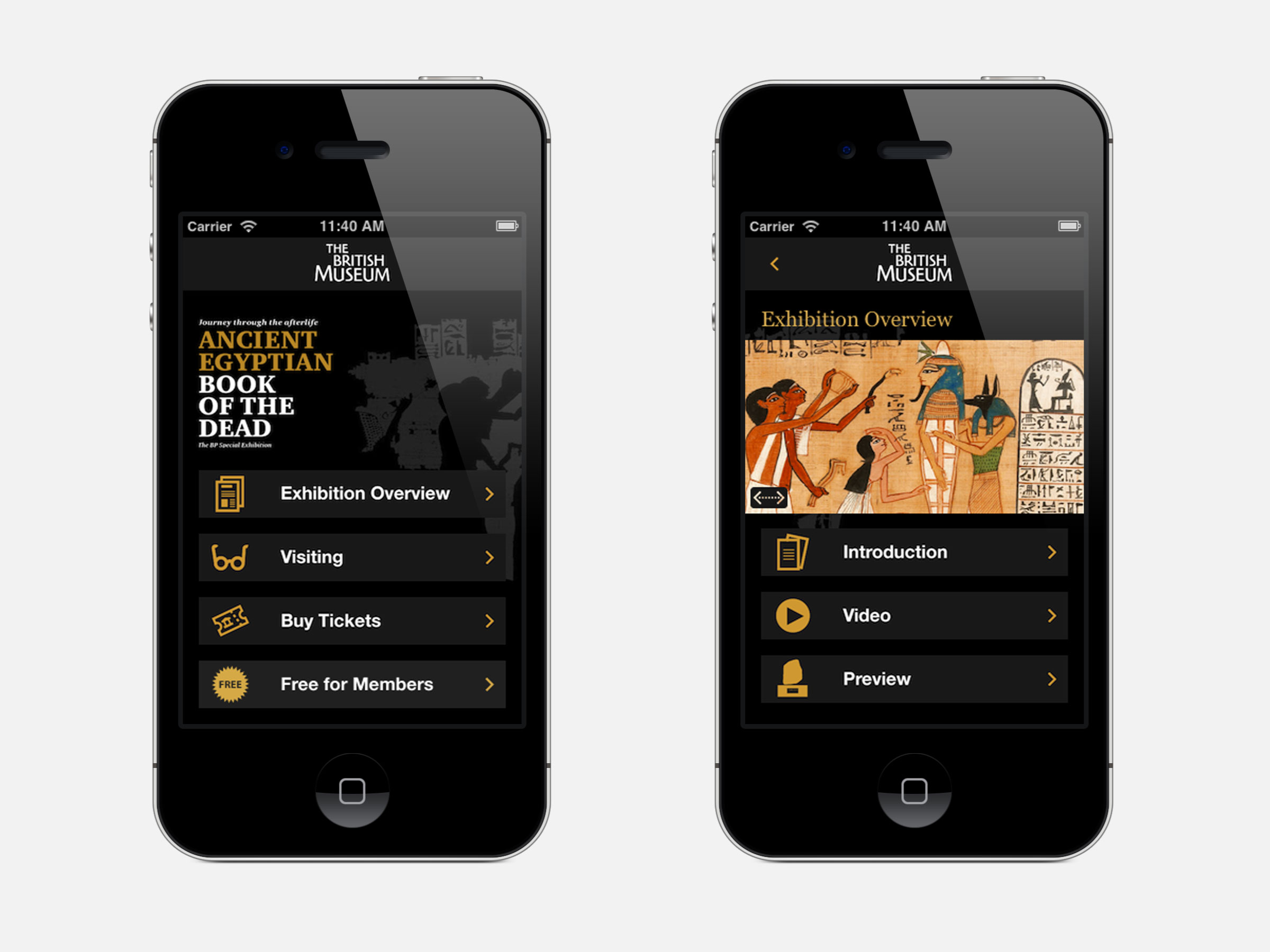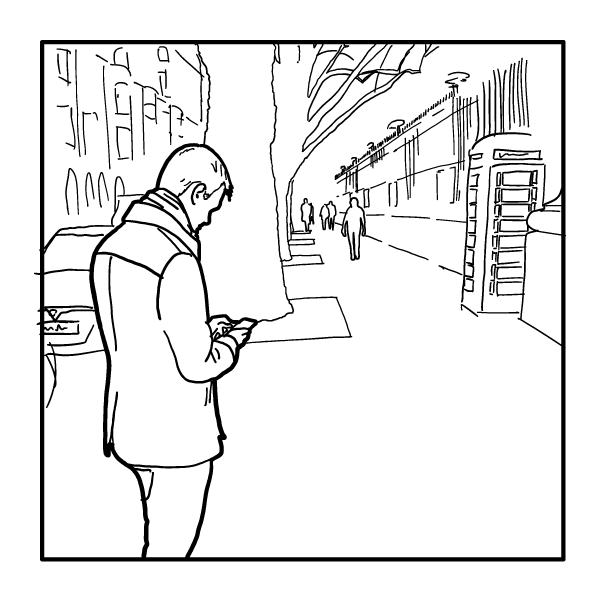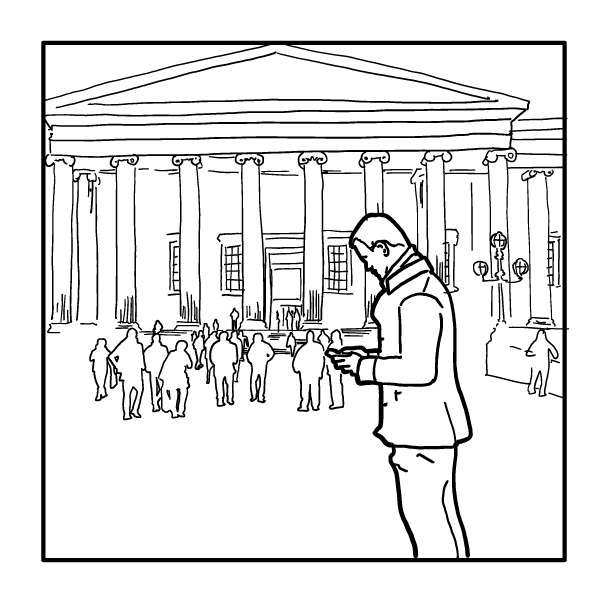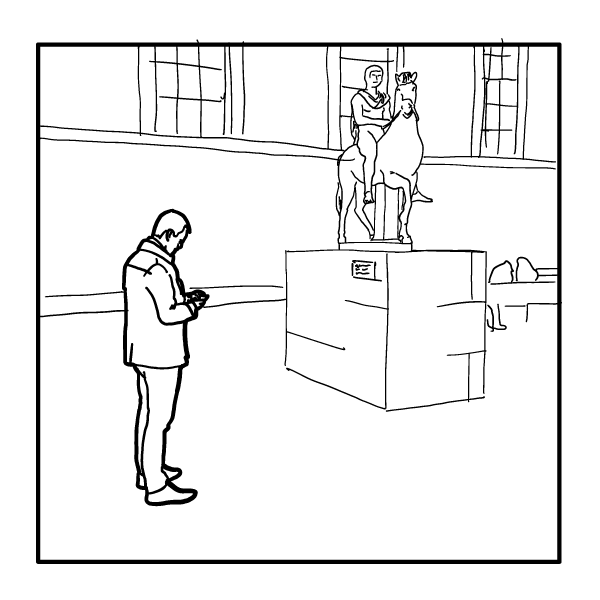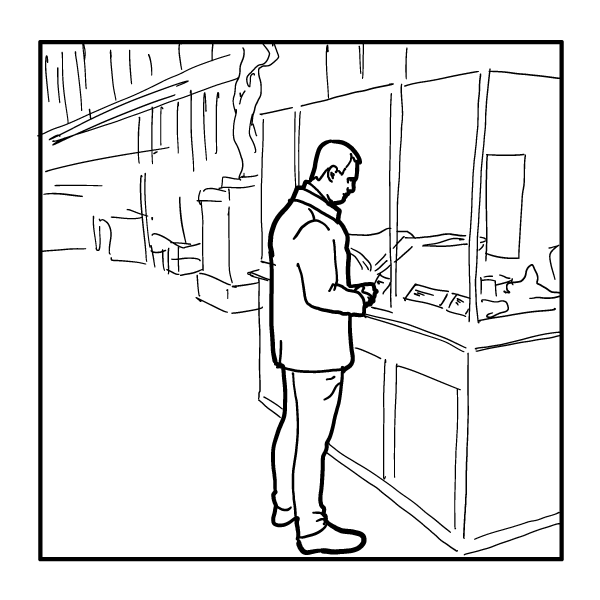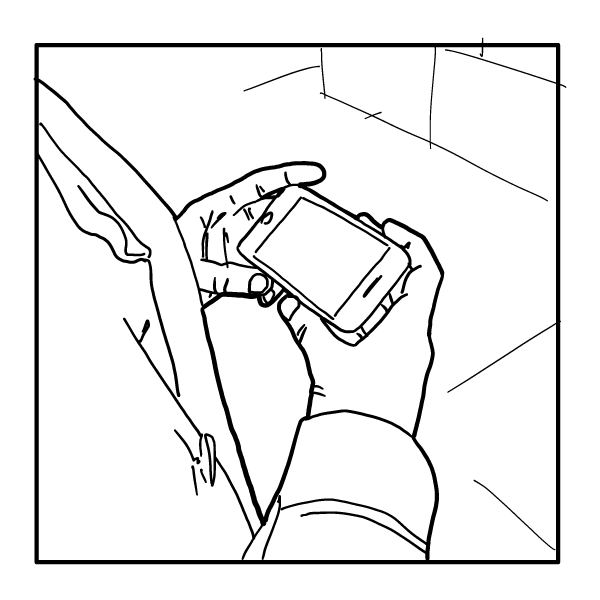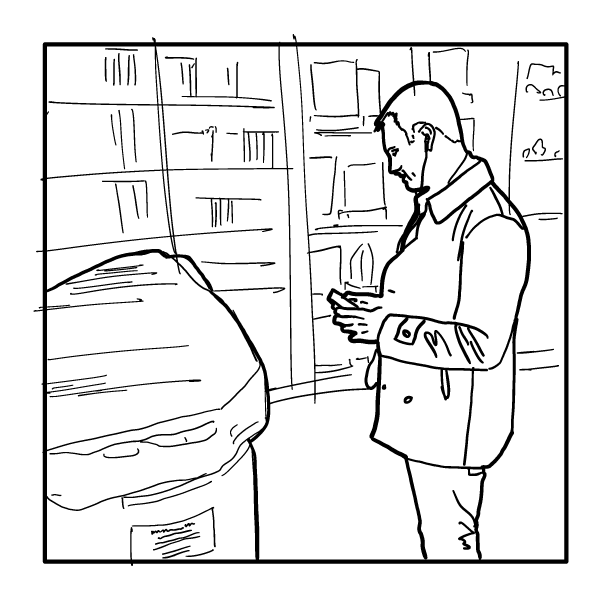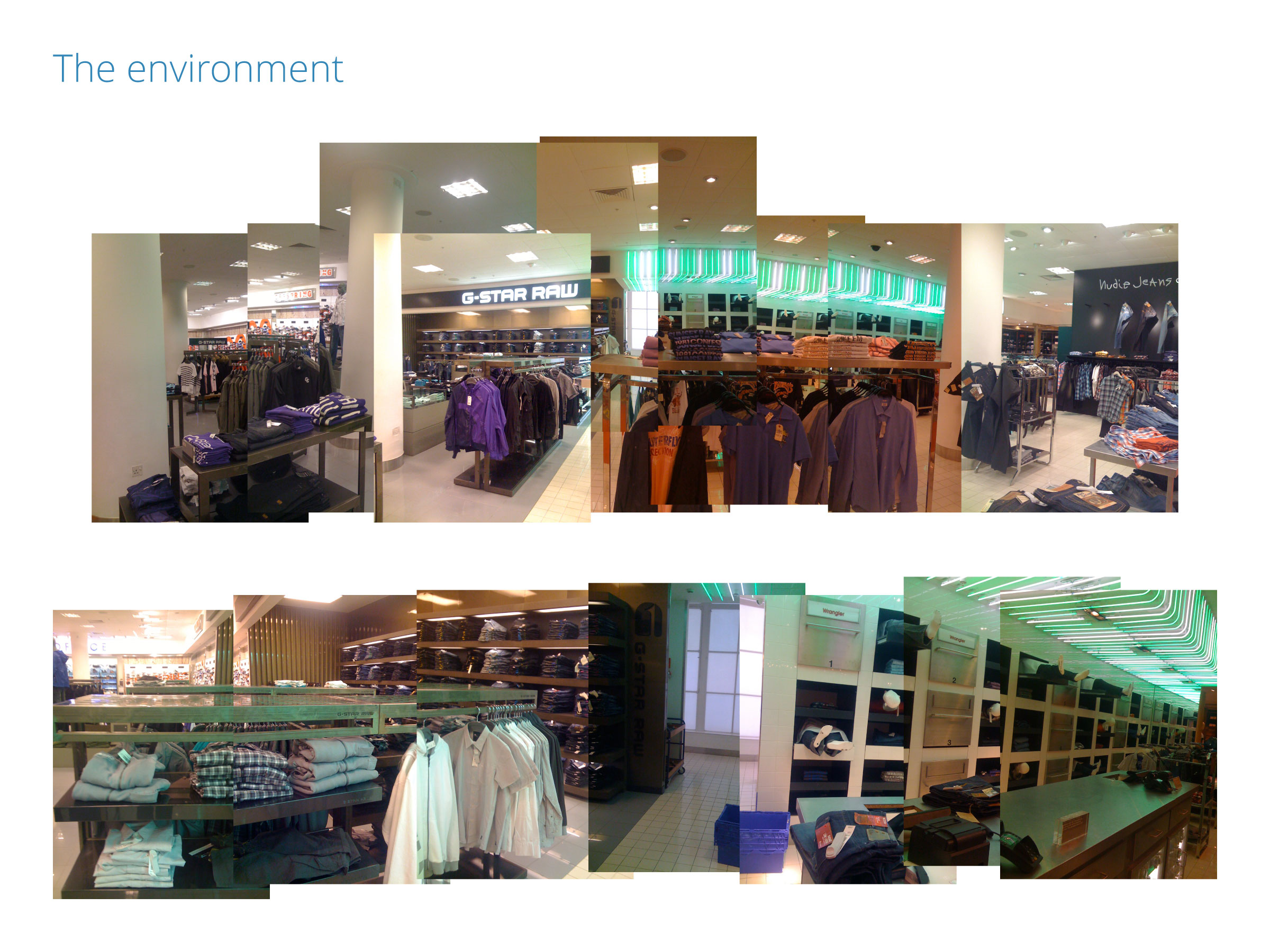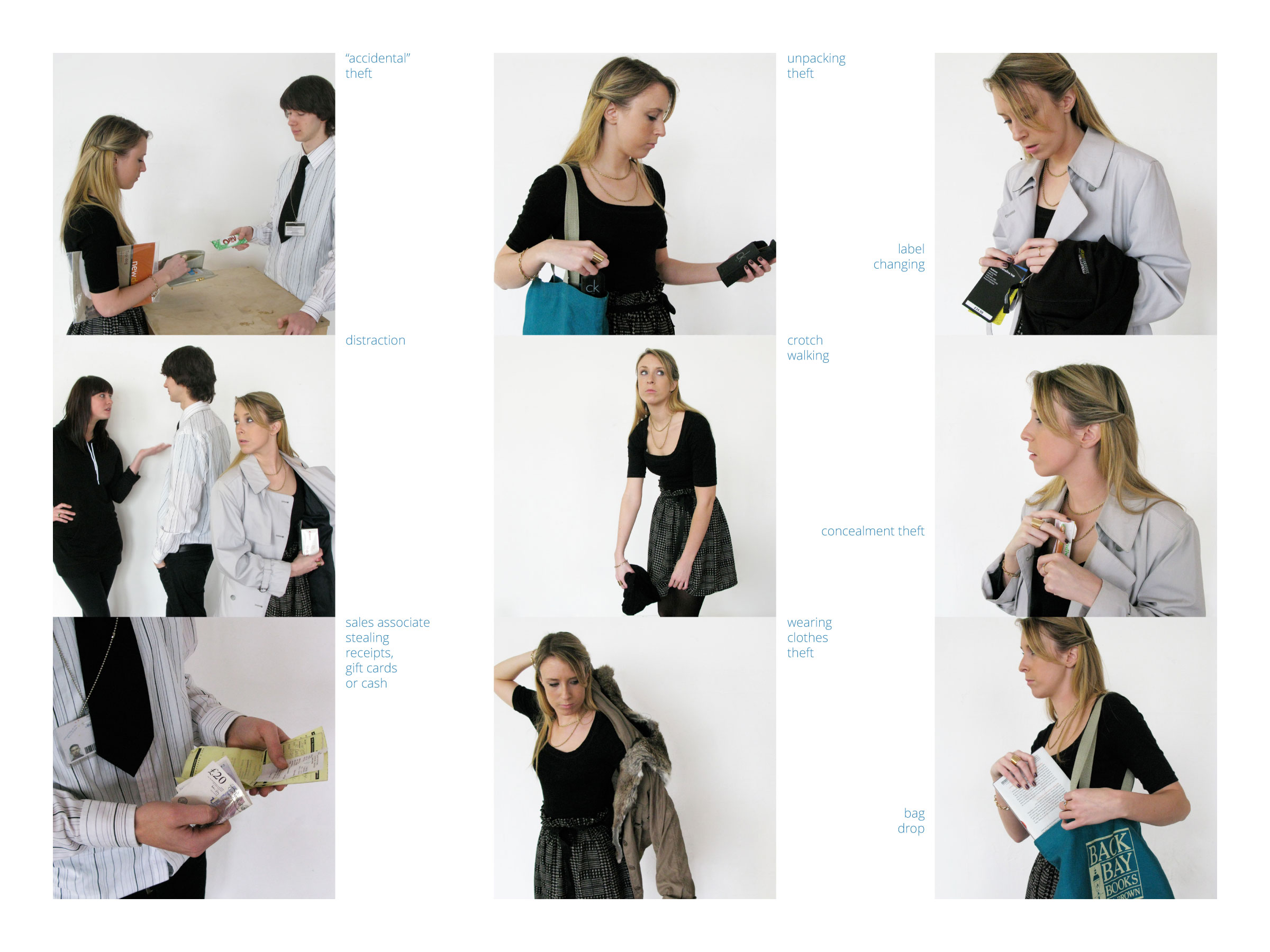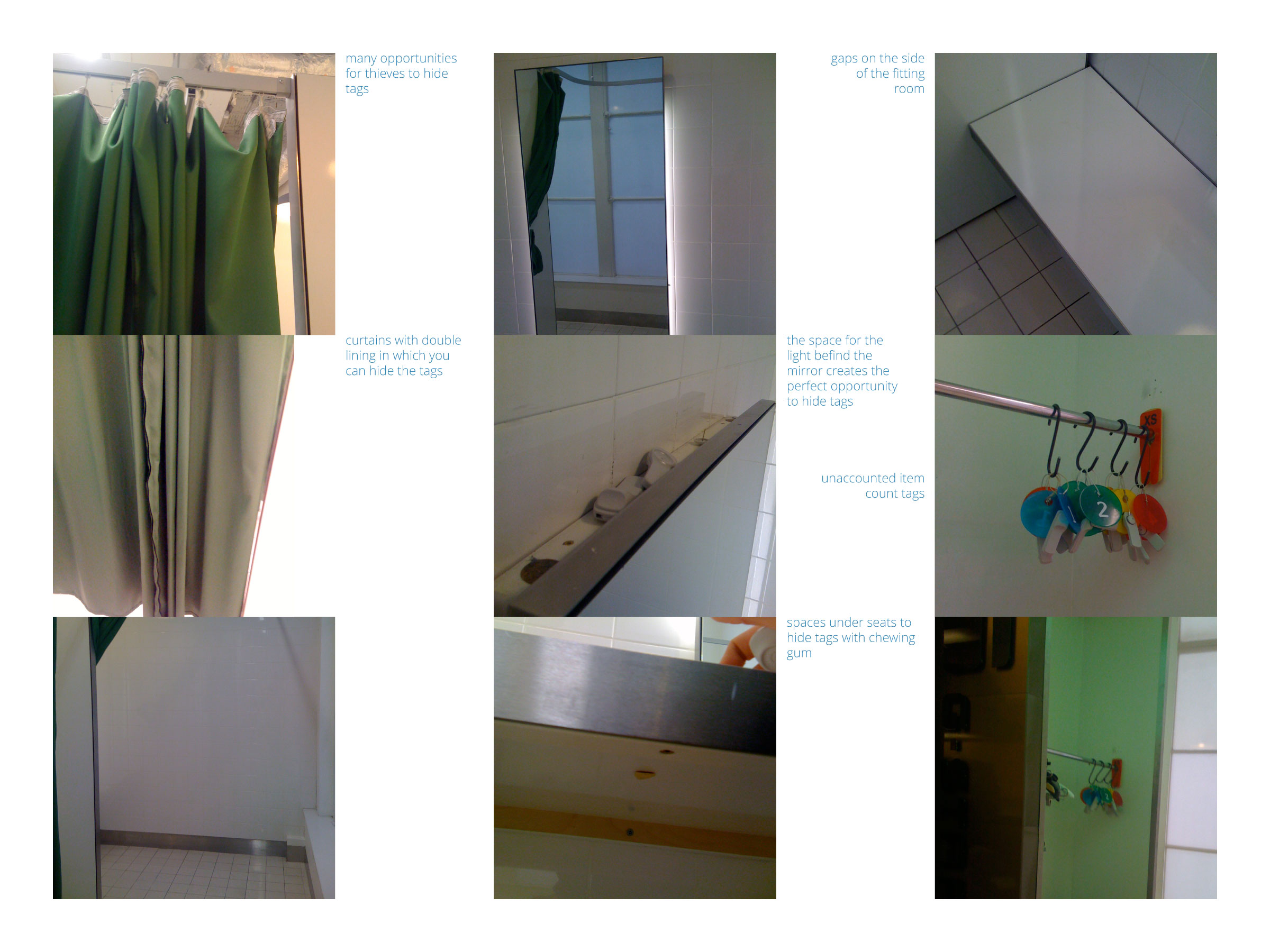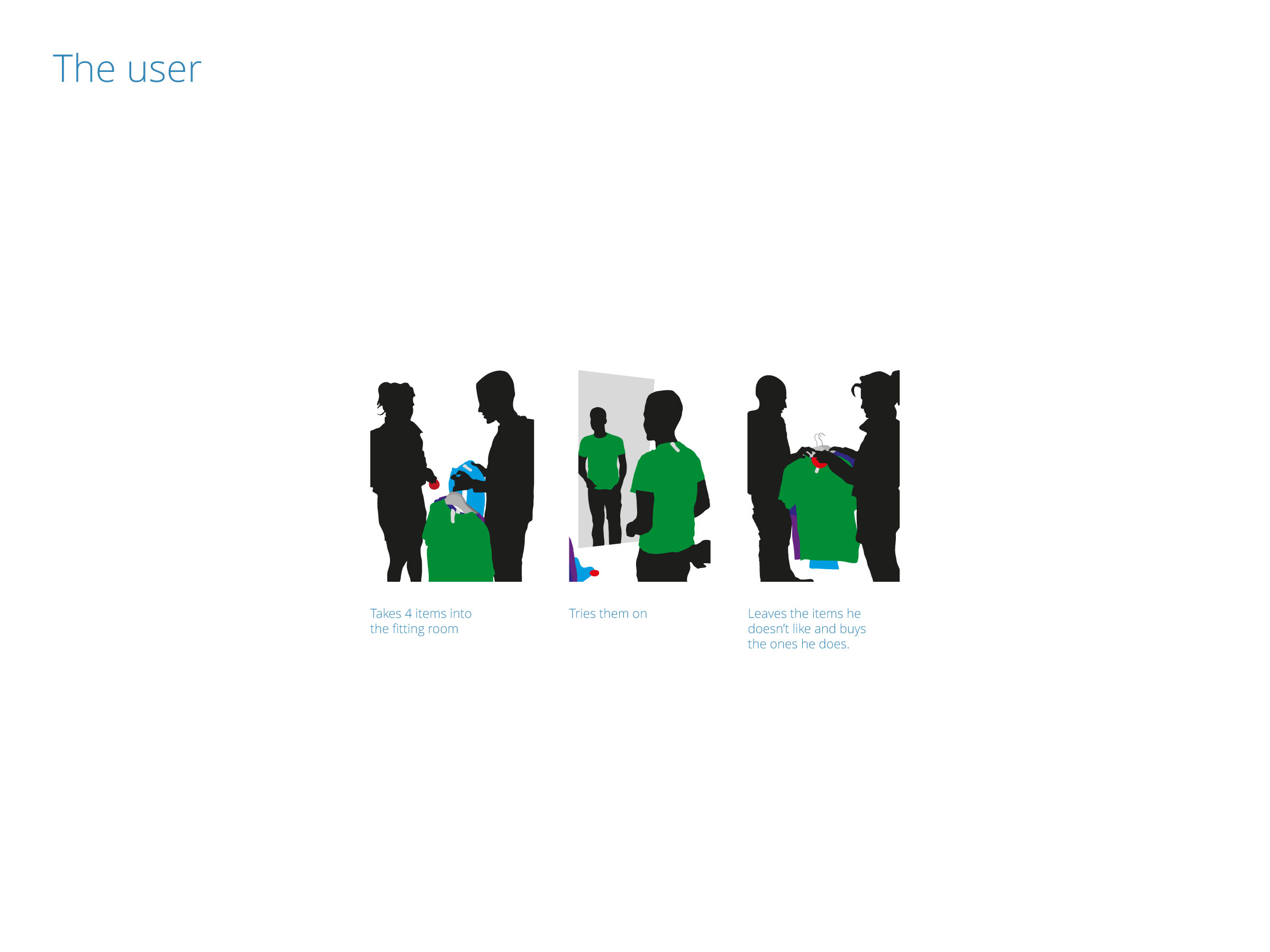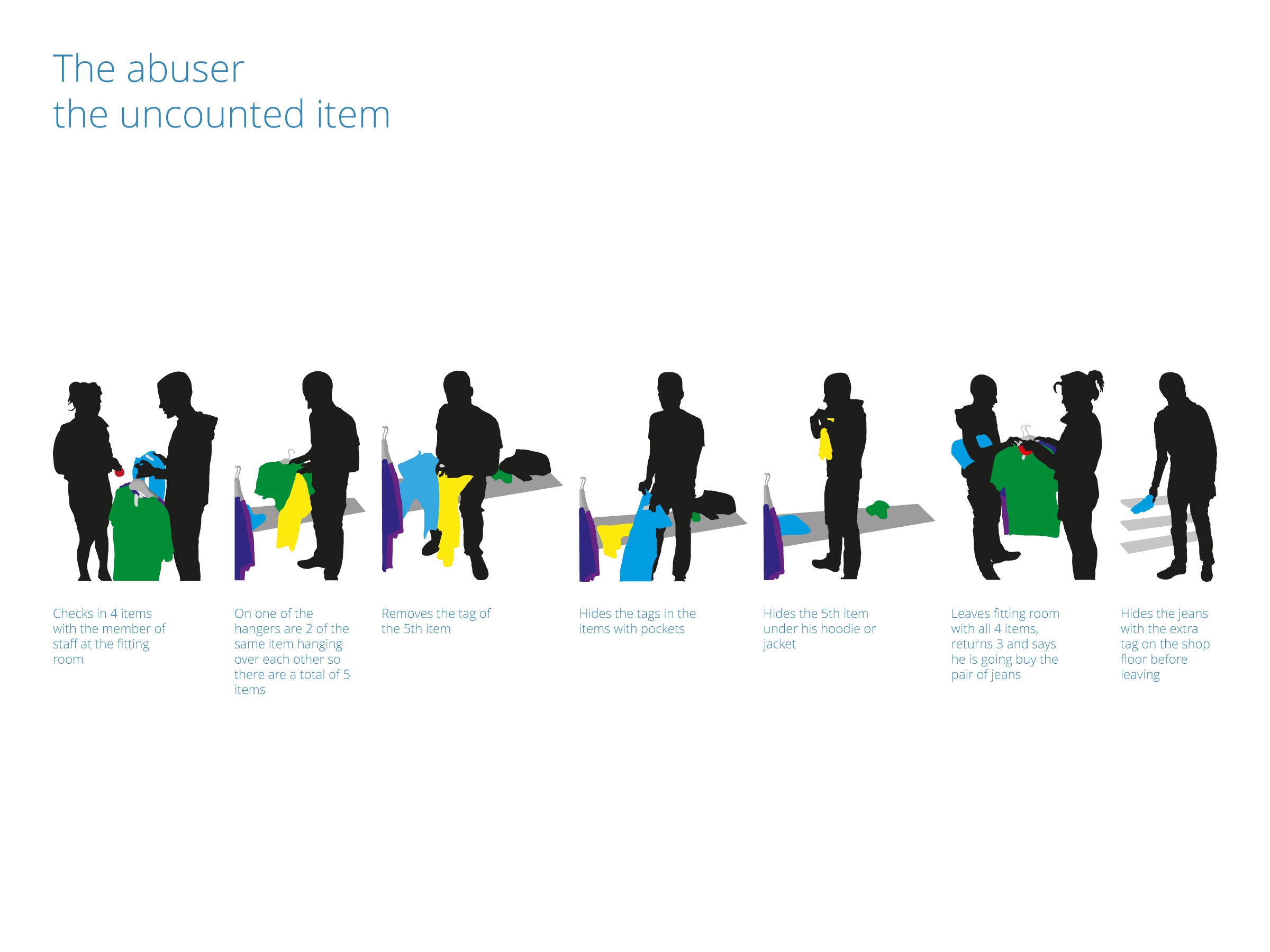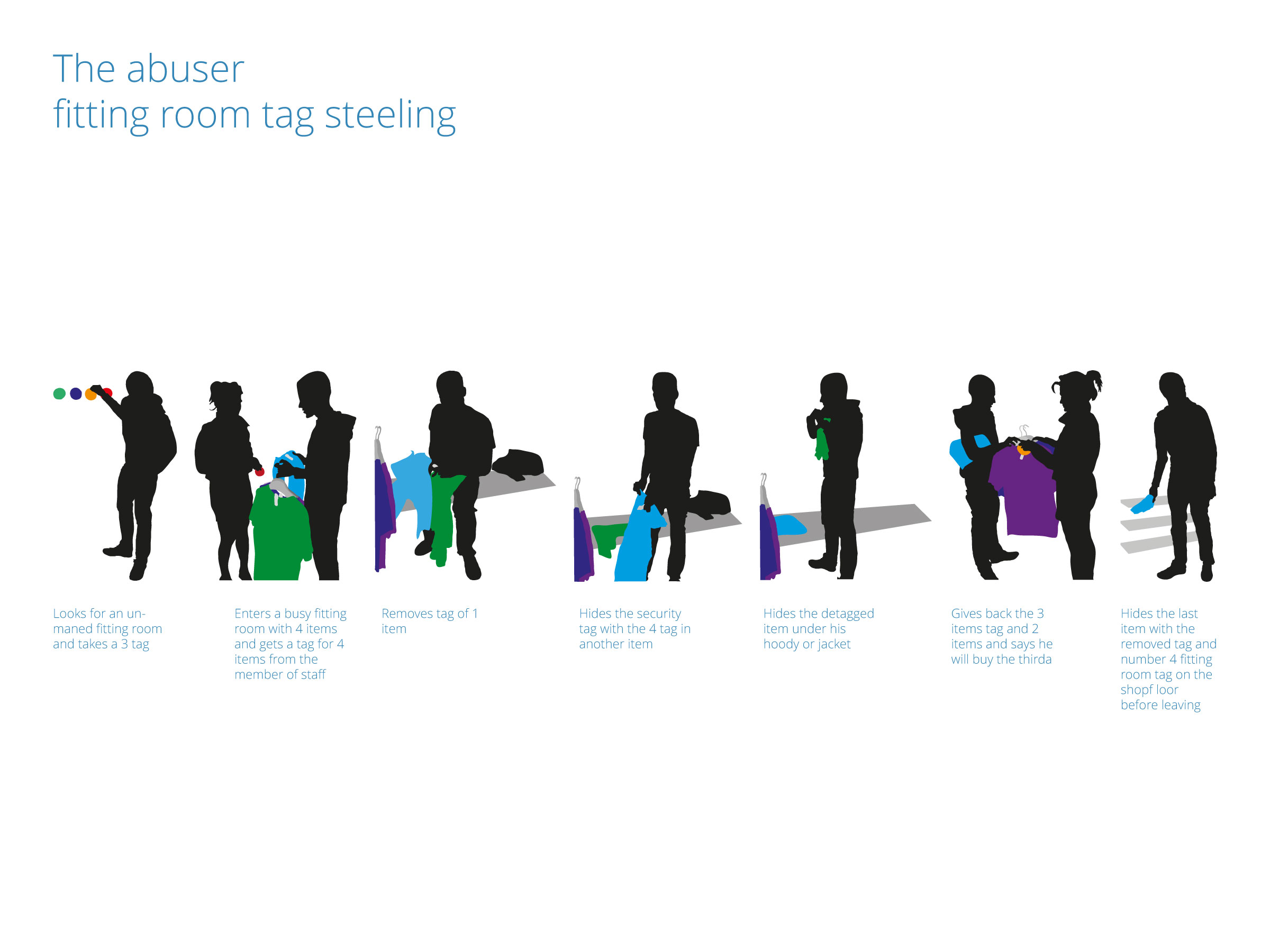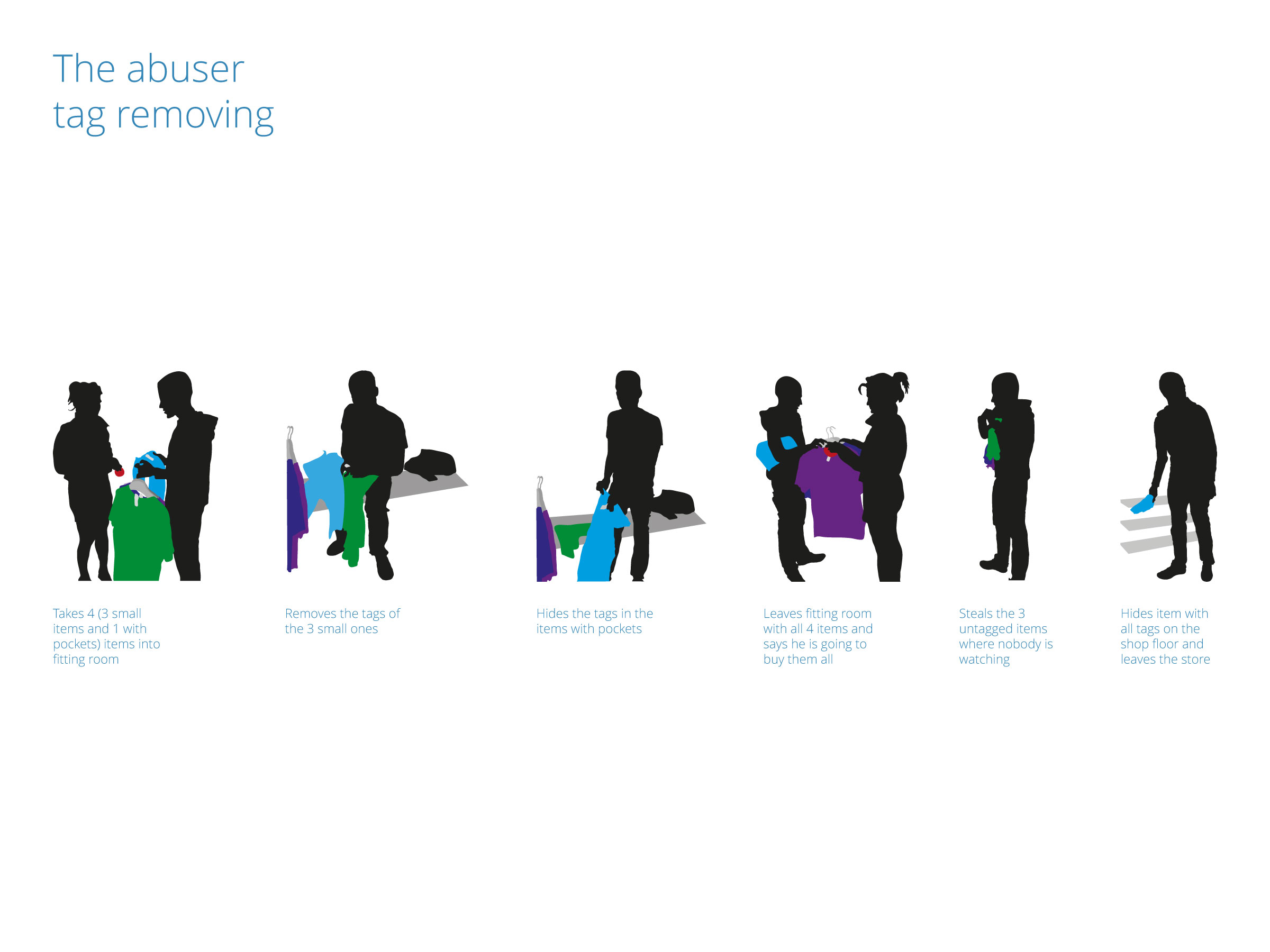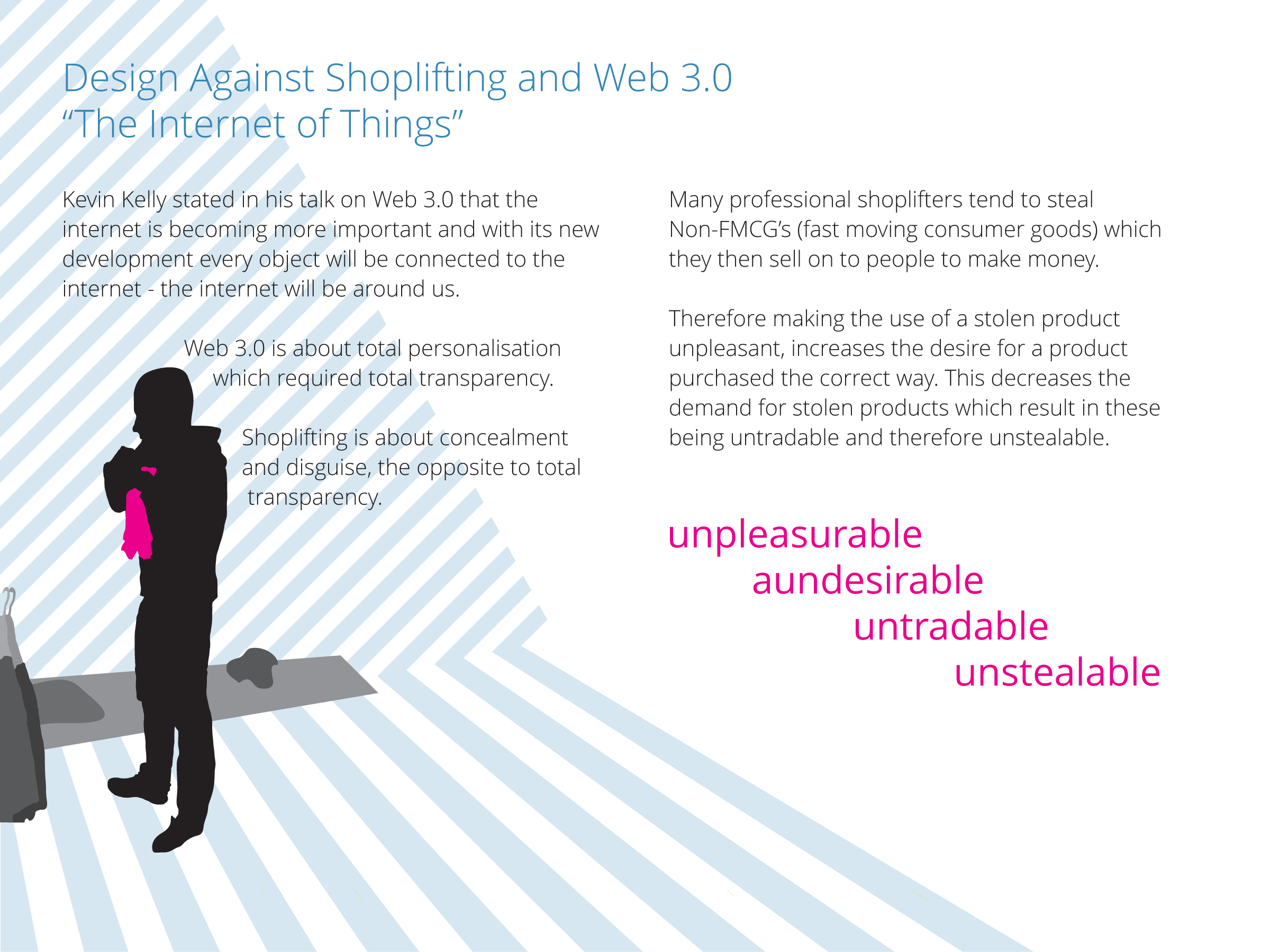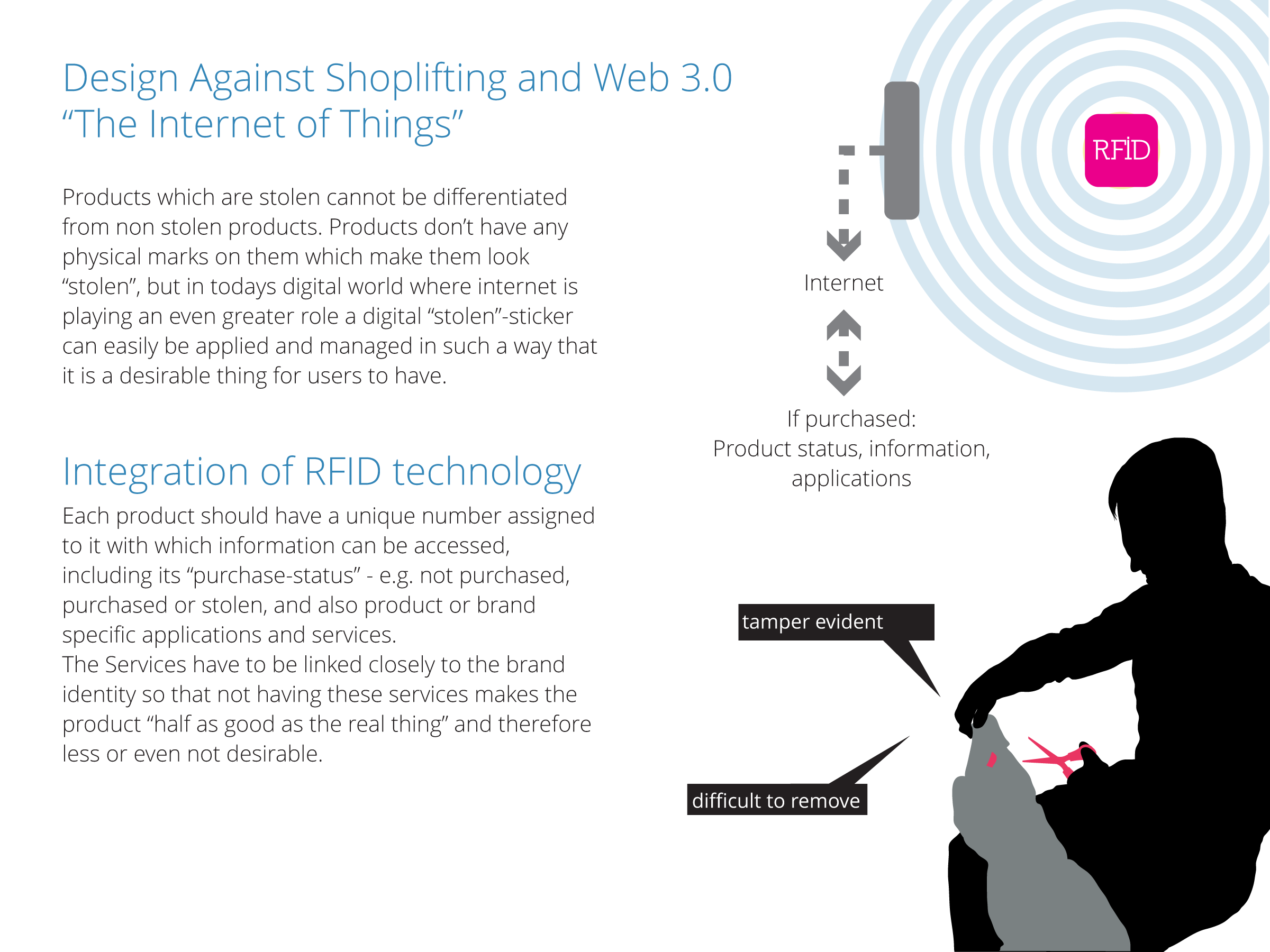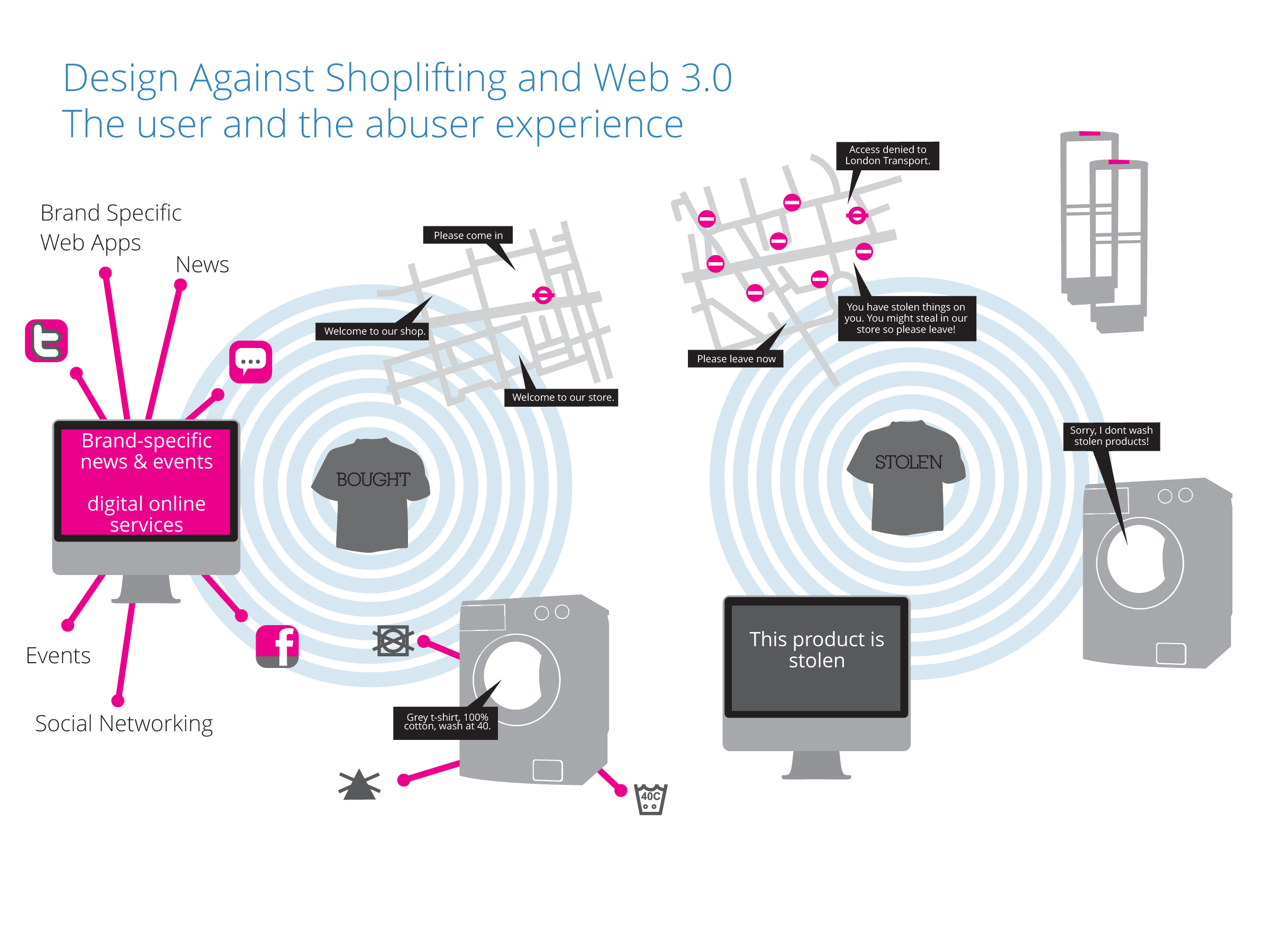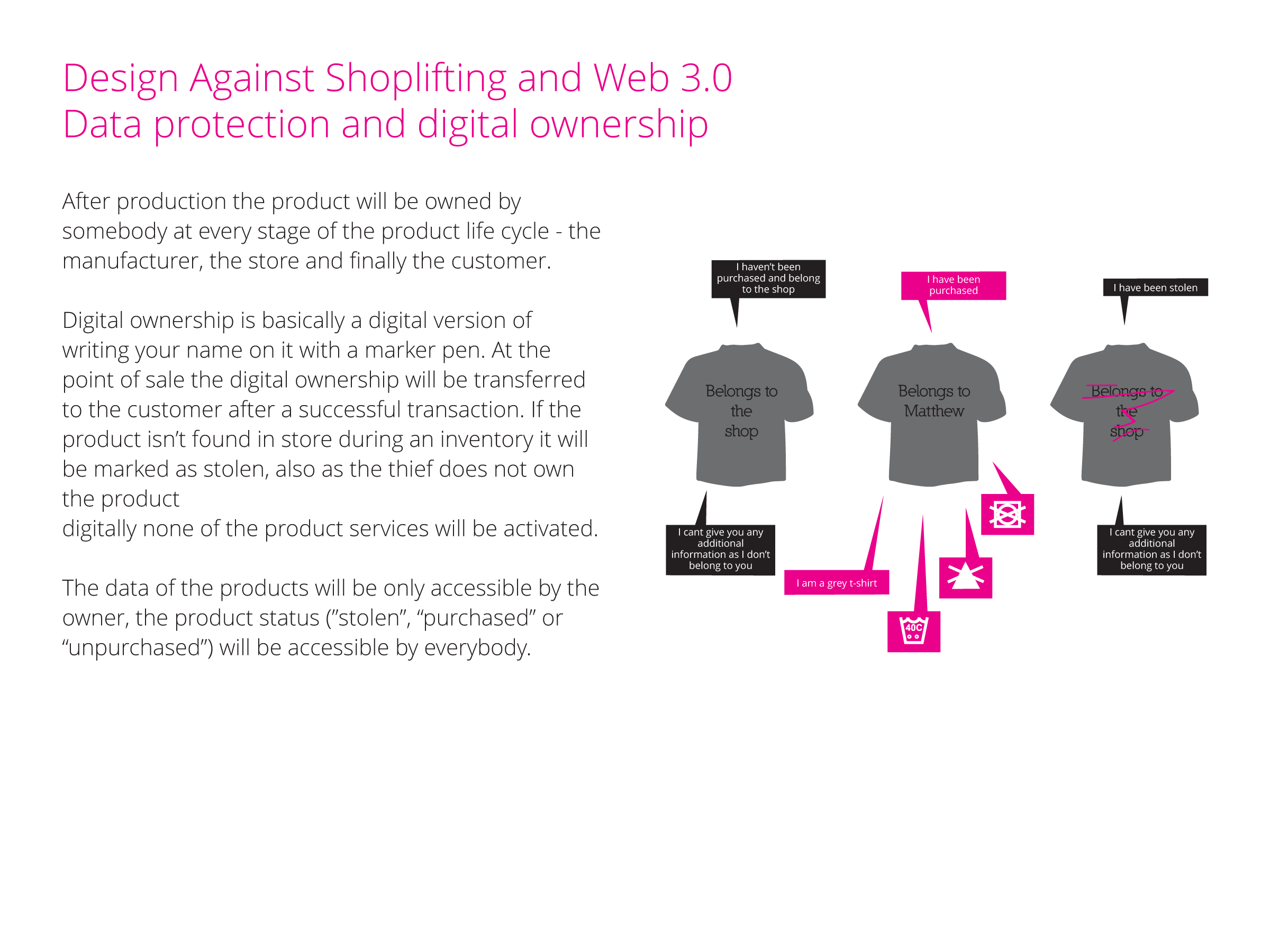British Museum - Conceptual Exhibition App
This app concept was the output of my masters thesis at the University of Westminster where I explored and compared the differences between web-application and native iOS app from both a development and user experience standpoint.
Research And Context
At the time of the project in 2010, Wifi was not commonly available in public places. Throughout the research and during consultation with museum staff it was discovered that the majority of visitors to the museum are from abroad with the average return visitor rate of 1.6%. However, with the increased demand for multimedia application, virtual guides – and the fact that the devices which most people carry around with them are more sophisticated than museum digital guides themselves – it was interesting to explore the use of mobile devices in the context of a museum environment:
Getting to the museum
What to do upon arrival
Additional object information
Multimedia guides for exhibitions
Video content about the object and its original location
Museum facilities, shops and cafés
As part of my research I explored the benefits of designing a mobile web application (an app which mimics a native app however lives within a browser) and a native iOS application and concluded that for environments like the British Museum it would be advisable to provide native apps which can be downloaded prior to visiting the museum. Mobile web application require active data connections which for the foreign visitors may result in high roaming charges.
Process
The process included defining the type of application according to Apple's human interface guidelines in order to develop the user experience and visual language. During this process the design and content was analysed in order to set requirements for a mobile application.
I iterated from sketches and wireframes to a high fidelity functional prototype which was built in X-Code in Objective-C.
Evaluation
This application was evaluated according the Nielsen's Heuristics.
Design out shoplifting: Reducing theft by adding digital capabilities to physical products
My final project at Central Saint Martin's College of Art & Design was a client project for Design Against Crime who asked us to consider ways in which design can reduce crime, in particularly shoplifting. I developed a concept in which physical products are given digital capabilities which are activated once purchased, making stolen or even counterfeit products unpleasurable to use.
My final project at Central Saint Martin's College of Art & Design was a client project for Design Against Crime who asked us to consider ways in which design can reduce crime, in particularly shoplifting. I developed a concept in which physical products are given digital capabilities which are activated once purchased, making stolen or even counterfeit products unpleasurable to use.
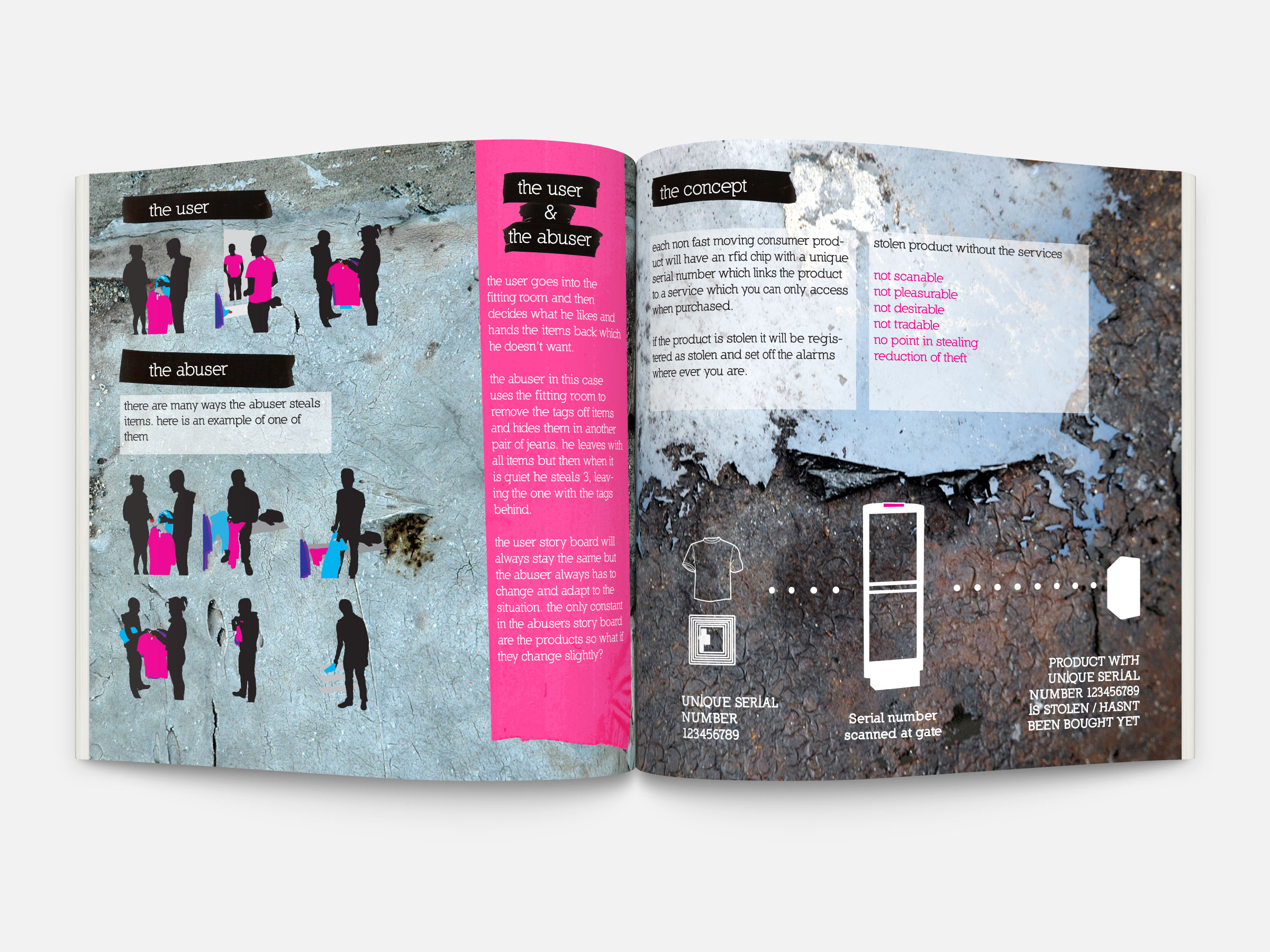
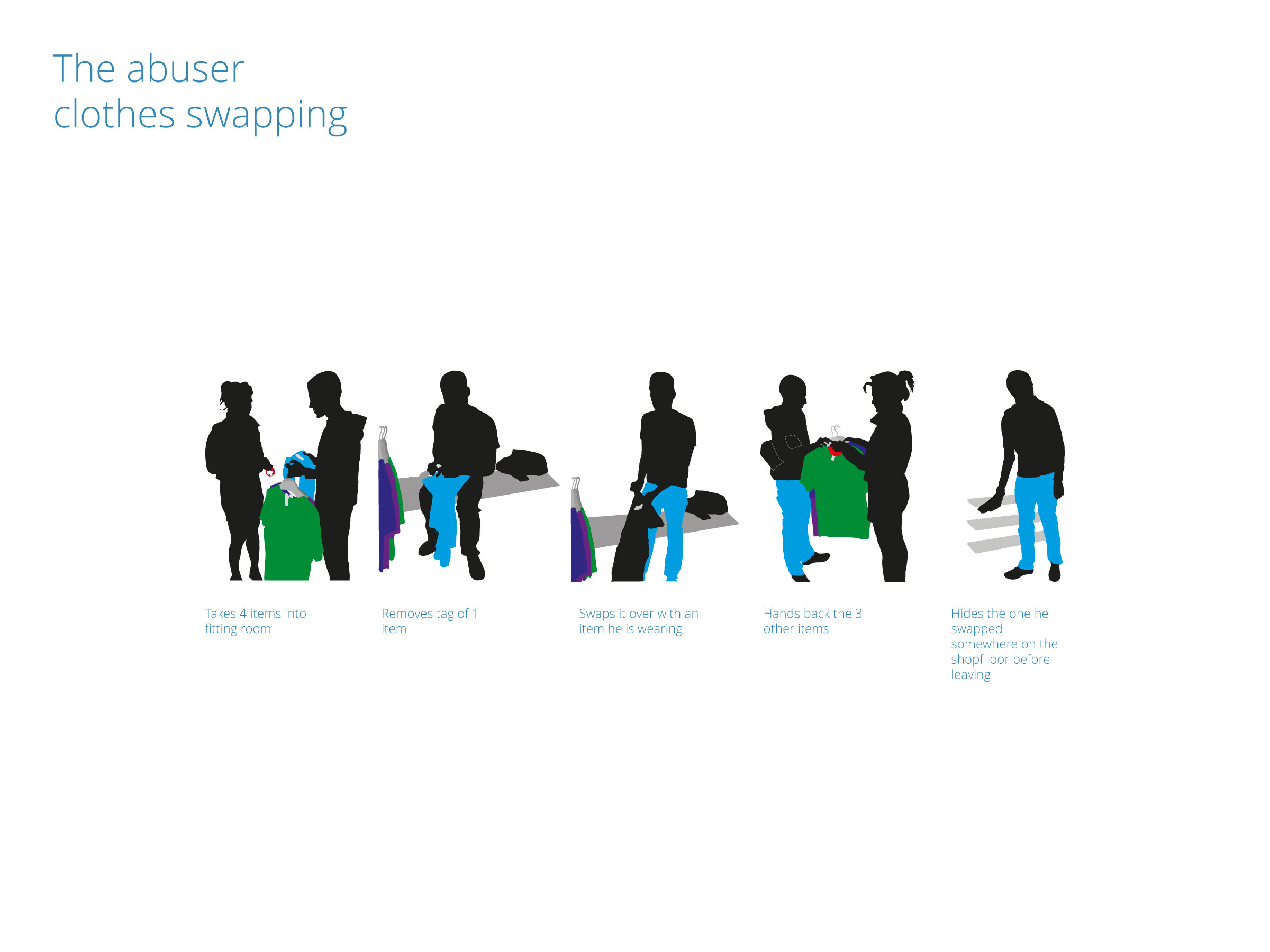
Research
It was important to understand our users and abusers – shoppers and thieves – and the context in which they operate. We engaged with retailers and shop assistants in order to understand how they work and the challenges they face.
Concept
The recommendation is to integrate RFID chips into every single product making its use easier, enjoyable and more pleasurable. For example, when placing a smart garment into the washing machine it self-programmes. Counterfeit and stolen products will not work, or even stop other products from working.
RSA Shortlist - 2010
This project was a shortlisted submission for the "Design Out Shoplifting" Student Challenge in 2010. Design Out Shoplifting was a student challenge with Central Saint Martins and the Royal Society of Arts to generate anti-shoplifting designs. It was part of Design Out Crime, a 2008–10 initiative from the Home Office’s Design and Technology Alliance against Crime and the Design Council.
Presentation
This project was presented in form of a personal booklet which included an RFID chip. When touching in it on a RFID reader it would unlock digital content.


